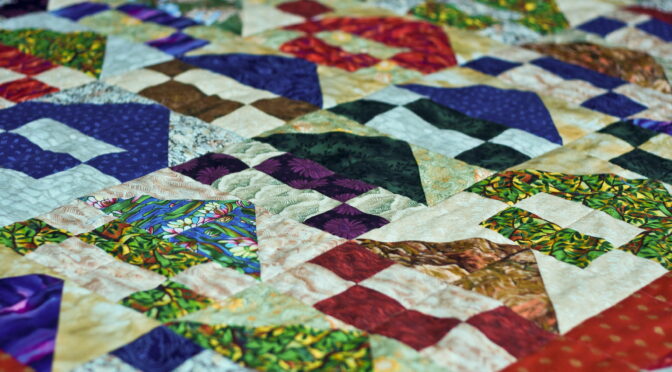-
Listening to students in real time: how feedback leads to success

Like all robust development processes, our learning design approach includes a number of opportunities to learn from feedback. One is our curriculum design student panel (aimed at capturing students’ views on learning design ideas before they’re live). Another is real-time student feedback (RTSF), which gathers feedback from students as they’re studying with the aim of ensuring they get the support they need. Short questionnaires focusing on recently studied topics are embedded into…
-
Engagement with others online: students’ views of course design

As learning designers, it’s essential that we explore students’ needs and goals. That way, we can make sure that learning activities address these needs and support students to reach their goals. For example, each time we design a new module, we take time to explore student data and course teams’ experience to build up student profiles or personas that can be referred…
-
Learning from one another: the value of students’ insights

Students are at the heart of our approach to learning design. We focus on helping our module authoring teams make evidence-based decisions, and insights from students form an important part of that evidence. This is the reasoning behind our curriculum design student panel (CDSP), which was highly commended in the ALT Learning Technologist of the…
-
Learning analytics: the patchwork quilt visualisation

In the Open University, we have developed a suite of LA (Learning Analytics) visualisations called ‘Action for Analytics’ (A4A: slides from a presentation giving more detail) designed to help those responsible for producing modules to see the effects of their designs. For example, it’s possible to track just how much use videos we produce for…